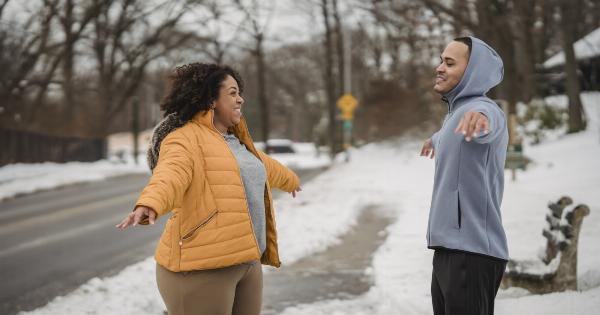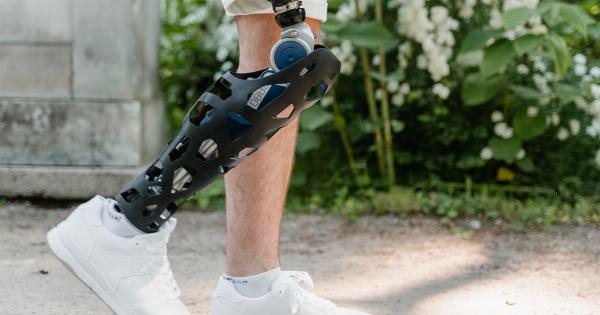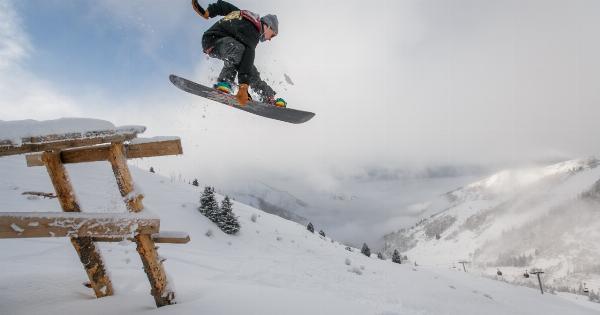Winter sports, such as skiing, snowboarding, ice skating, and snowmobiling, can be thrilling and exhilarating. However, they also come with inherent risks and the potential for accidents and injuries.
Whether you are a business owner, event organizer, or simply an individual who enjoys participating in winter sports, it is crucial to have a clear policy in place to address the risks associated with these activities.
The Importance of Having a Policy
Having a policy specifically addressing winter sports accidents is important for several reasons:.
1. Protecting Yourself and Your Employees
If you own a winter sports facility or organize events that involve winter sports, having a policy helps protect you and your employees from potential liability.
By clearly outlining safety guidelines, rules, and regulations, you can demonstrate that you have taken reasonable steps to protect participants and minimize the risk of accidents.
2. Enhancing Participant Safety
A well-defined policy ensures that participants are aware of the risks and take necessary precautions. It sets clear expectations for behavior and provides guidelines on how to prevent accidents.
By educating participants about safety measures and proper equipment usage, you can significantly reduce the likelihood of injuries.
3. Offering Insurance Coverage
Having a policy in place can improve your chances of obtaining appropriate liability insurance coverage.
Insurance providers often require businesses and organizers to demonstrate that they have implemented comprehensive safety policies to mitigate risks. By having a well-thought-out policy, you increase the likelihood of obtaining affordable insurance coverage, protecting your financial assets in case of accidents or lawsuits.
Key Elements of a Winter Sports Accidents Policy
A comprehensive policy on winter sports accidents should include the following key elements:.
1. Safety Guidelines
Establish clear safety guidelines for participants, employees, and anyone involved in winter sports activities.
These guidelines should cover areas such as proper equipment usage, the importance of wearing protective gear, rules for participating in specific activities, and general safety practices. Encourage participants to undergo appropriate training and provide resources to educate them about potential risks and safety precautions.
2. Training and Education
Offer training sessions or workshops to educate participants about the safe and correct techniques for engaging in winter sports.
Provide information on how to identify and respond to potential hazards, such as icy patches, overcrowded slopes, or unsafe conditions. Emphasize the importance of staying within designated zones and avoiding restricted areas.
3. Equipment Requirements
Specify the mandatory equipment for each winter sport and clearly communicate these requirements to participants. This may include helmets, goggles, gloves, appropriate footwear, and any other necessary protective gear.
Regularly inspect rental equipment to ensure its condition and safety.
4. Risk Assessment and Management
Conduct regular risk assessments of your winter sports facility or event location. Identify potential hazards and take appropriate measures to minimize risks.
This may include maintaining adequate signage, marking potentially dangerous areas, and regularly inspecting the premises for safety concerns. Develop an incident reporting system to track accidents, near misses, and any safety-related incidents.
5. Emergency Response Plan
Establish an emergency response plan that outlines the procedures to be followed in case of an accident or injury. Train employees to respond quickly and efficiently, providing first aid and contacting emergency services as needed.
Clearly communicate the steps involved in reporting incidents and implement a system for documenting and investigating accidents.
6. Liability Waivers and Insurance Coverage
Require participants to sign liability waivers acknowledging the inherent risks associated with winter sports. Consult with legal counsel to ensure that these waivers are enforceable.
Additionally, obtain appropriate insurance coverage to protect against potential litigation and financial losses.
7. Staff Training and Supervision
Ensure that your staff members receive comprehensive training on safety procedures and risk management. Provide ongoing education to keep them informed about any changes to the policy or safety guidelines.
Regularly monitor staff performance and enforce strict adherence to safety protocols to maintain a safe environment.
8. Communication of Policy
Effectively communicate your winter sports accidents policy to all stakeholders, including participants, employees, and contractors.
Make the policy easily accessible, whether through posting it on your website, distributing it via email, or displaying it prominently at your facility or event location. Encourage everyone to read and understand the policy, and address any questions or concerns they may have.
9. Regular Review and Updates
Periodically review your winter sports accidents policy to ensure its continued effectiveness. Update the policy as needed to reflect any changes in regulations, industry standards, or best practices.
Seek feedback from participants and staff to identify areas for improvement and implement necessary changes to enhance safety.
10. Incident Investigation and Improvement
Investigate accidents, incidents, and near misses to identify contributing factors and implement measures to prevent similar occurrences in the future.
Use these investigations as opportunities for continuous improvement, updating your policy and safety practices based on lessons learned.
Conclusion
Having a robust policy on winter sports accidents is essential for protecting yourself, your employees, and participants from potential liability.
It demonstrates your commitment to safety and helps minimize the risks associated with winter sports activities. By implementing safety guidelines, providing proper training, and maintaining effective risk management strategies, you can ensure a safer environment for everyone involved.
Moreover, securing appropriate insurance coverage and adhering to industry best practices will further safeguard your assets and reputation. Stay proactive in reviewing and updating your policy, continuously striving to improve and promote a culture of safety in the world of winter sports.


























